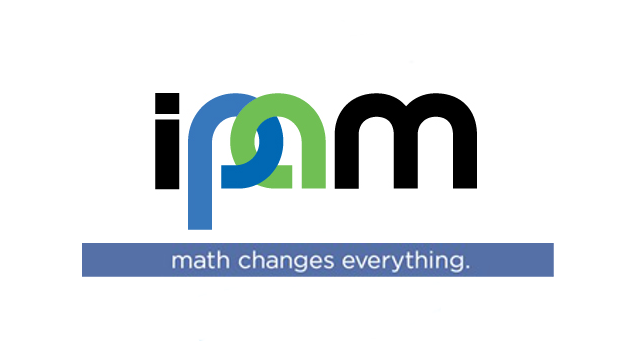Who Needs Data? The Struggle to Make the SEC More Data-Driven
Presenter
May 19, 2015
Abstract
Norm Champ
Visiting Scholar, Harvard Law School
The 2008 financial crisis revealed that the US Securities and Exchange Commission had limited ability to use data to detect issues at its largest registrants or to uncover fraudulent actors such as Bernard Madoff or Allen Stanford. These failures had immediate consequences as five of the most significant broker-dealers it oversaw went bankrupt (Lehman Bros.), were merged out of existence (Bear Stearns and Merrill) or became bank holding companies regulated by the Federal Reserve (Goldman Sachs and Morgan Stanley). The agency reeled as investigations showed a failure to detect the Madoff and Stanford’s frauds despite detailed tips and ready access to data that would have revealed Madoff and Stanford as frauds. In the years since the crisis, the SEC has sought to improve its use of data in three key ways: monitoring its registrants and markets for risk, making use of the enormous amounts of data that flow to the agency and committing to use economic analysis to formulate rulemaking proposals. This has come over objections of some in the agency’s culture who believe data is to be avoided for fear that the agency will later be criticized for failing to use the data. There have, however, been some significant successes in the struggle to make the agency more data-driven, particularly on analyzing data in connection with rulemakings and publishing more market data. The agency continues to face challenges as it tries to better understand risks to its registrants and better use the enormous amounts of data it has. These challenges stem not only from its culture but also from difficulties in hiring and retaining the right people and developing and maintaining the right systems to store and analyze data. There are certain steps the agency can take to improve its use of data, including collecting better and more useable data and making more of its data publicly available for use by academics and private parties.
Presentation (PDF File)
